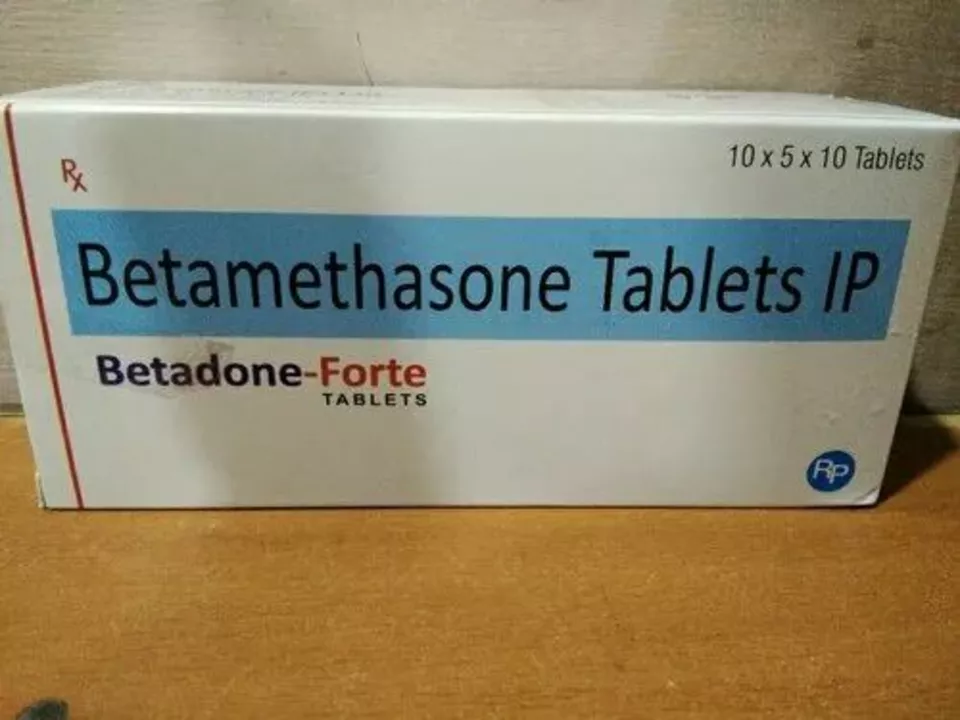Treatment efficacy: simple ways to tell if a medicine is working
When you start a new drug, you want to know fast: is this helping? Treatment efficacy is not just a clinical word — it means whether a medicine improves symptoms, prevents problems, or makes life better for you. Below are clear, practical steps to judge effectiveness and avoid guessing.
Quick ways to judge a treatment
Watch for the right signs. For pain or anxiety meds, track symptom scores or how many bad days you have. For blood pressure drugs, check your readings at home and record values. For mood meds, note sleep, appetite, and daily functioning. Simple daily logs give concrete proof — not vague impressions.
Know the timeline. Some drugs act fast (hours or days), others take weeks. If a drug’s usual onset is two weeks, expecting change in two days is unrealistic. Use trustworthy sources — our Effexor and Neurontin guides show typical timelines and what to expect.
Look beyond symptoms. Lab tests, imaging, and hospital visits are objective measures. For example, ACE inhibitors like Capoten lower blood pressure numbers you can measure. If labs or vitals don’t improve as expected, talk to your clinician about alternatives or dose changes.
Check the size of benefit. A tiny average improvement in a study may not matter to you. Ask: how many people got meaningful help? Metrics like NNT (number needed to treat) and absolute risk reduction tell a clearer story than just p-values. Our articles on alternatives (Spironolactone, Symbicort, Inderal) compare practical benefits, not just stats.
How to use RX2Go content to make better choices
Use our guides to compare options. If a drug is working poorly or causing bad side effects, read our alternative roundups — they list pros, cons, and what to watch for. For real-world access and delivery concerns, our online pharmacy and telehealth pieces explain safety and speed so you can actually get the medicine when needed.
Monitor side effects actively. Effectiveness is a balance: a drug that helps symptoms but wrecks sleep or causes dizziness might not be the right fit. Keep notes and share them with your doctor. Small changes — switching time of day, adjusting dose — often fix issues without changing the whole plan.
Consider real-world evidence. Randomized trials are gold, but real patients differ from trial participants. Look for patient reports, large registries, and long-term follow-up. Our posts about chronic meds and discount pharmacies include practical cost and adherence factors that affect real-life success.
If you’re unsure, try a short trial with clear goals. Set measurable targets (e.g., two fewer panic attacks a week, 10 mmHg drop in systolic BP) and a review date. If targets aren’t met, revisit the plan with your clinician. Treatment efficacy is a continuous process — measure, review, adjust.
Want targeted reads? Check our tag feed here for guides on specific drugs, alternatives, and real-world tips to help you judge what works best for you.
